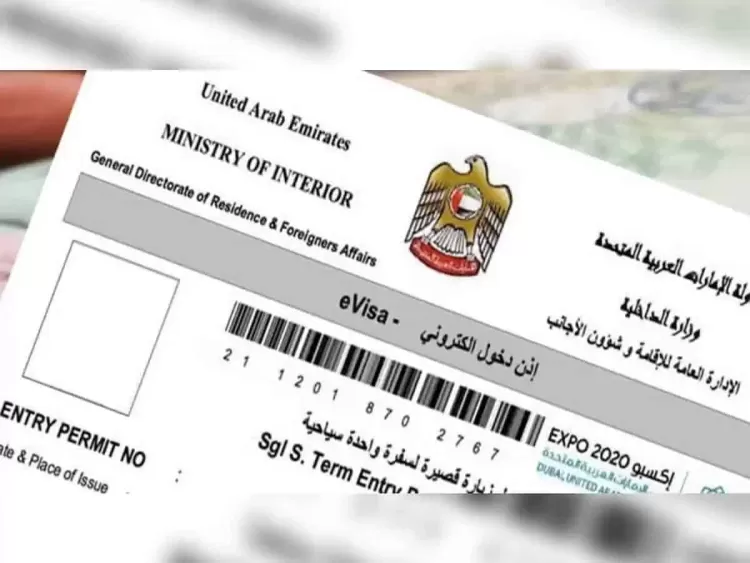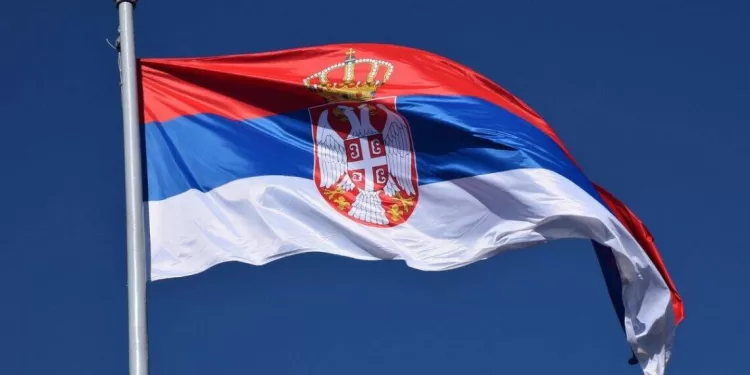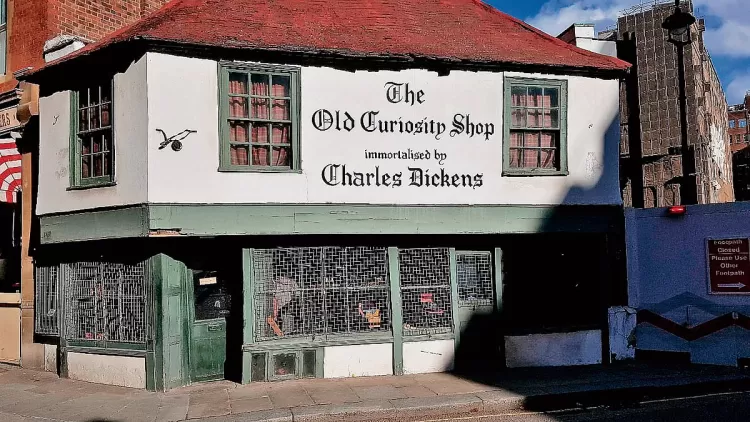Temple elephant violence is common in South India – and the law is to blame

Join our WhatsApp Community to receive travel deals, free stays, and special offers!
- Join Now -
Join our WhatsApp Community to receive travel deals, free stays, and special offers!
- Join Now -

Images and videos have gone viral of an elephant going on a rampage during a pooram or temple festival in Kerala on January 8. The male elephant, which was nearly 50 years old, left 24 people injured. The incident has reignited concerns among wildlife rights activists about the unsafe conditions under which elephants are paraded during poorams in Kerala.
The disaster occurred less than a month after the Supreme Court stayed a Kerala High Court order that had called for stricter safety measures for parading elephants at temple festivals.
This was the latest in many documented cases of violence by elephants at festival in recent years as well as conflict between humans and captive elephants – that is, elephants owned by humans. Experts have pointed – and several court judgements have acknowledged – that this is due to the cruel and abusive treatment meted out to captive elephants in order to train them to perform at cultural and social events.
Wildlife rights experts that Scroll spoke to said that elephants are among the hundreds of wild animals accorded the maximum protection under the Wildlife Protection Act. But exemptions under the law only for elephants facilitate the illegal capture and trade of elephants. This perpetuates, instead of limiting, the population of elephants held in...
What's Your Reaction?
 Like
0
Like
0
 Dislike
0
Dislike
0
 Love
0
Love
0
 Funny
0
Funny
0
 Angry
0
Angry
0
 Sad
0
Sad
0
 Wow
0
Wow
0











_625x300_1529047966012.jpg?im=FeatureCrop,algorithm=dnn,width=1200,height=738#)






































